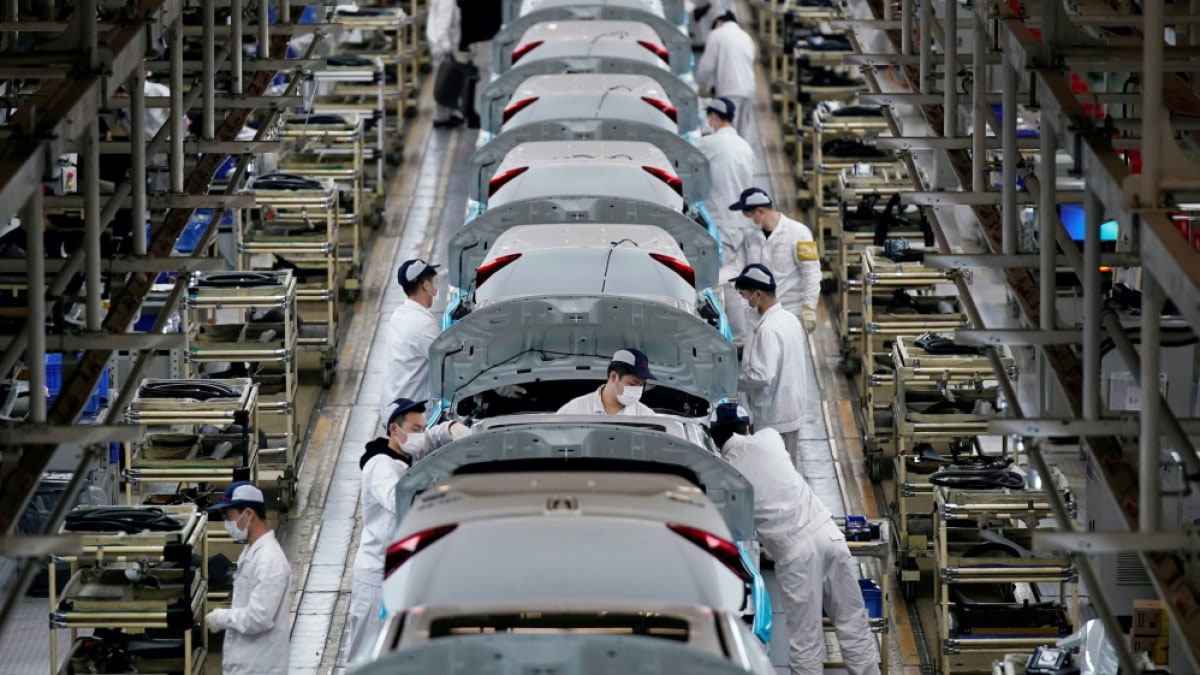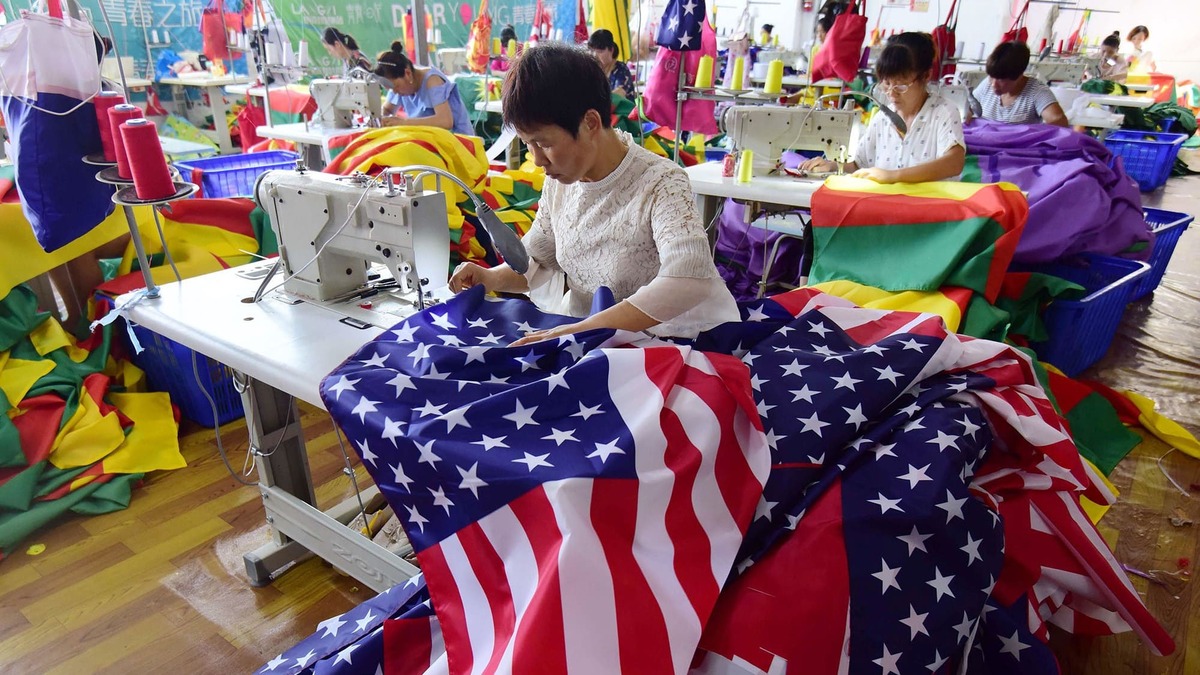US-China trade
The world’s factory strikes back
Published 06 February 2024
Economic security is driving a new era of globalization where dependencies are increasingly viewed as potential vulnerabilities. But efforts by advanced economies to diversify away from China are not happening in isolation. China is leveraging its dominance in supply chains to compete with emerging and developed economies. As supply chains begin to shift, China will make the process as costly as possible for its rivals.
China-centered globalization, the central paradigm underpinning the last two decades of global business activity and trade policies, is becoming more contested. Governments in major economies have rolled out new policies to reduce their high dependency on China for manufactured goods, particularly in sensitive areas such as high tech, raw materials, and healthcare.
While the resulting changes are poised to challenge China’s dominant role in global supply chains, the country is not sitting idly by and is itself trying to expand and deepen its position in the global geoeconomic architecture. For Beijing, industrial upgrading is not only about technological leadership and reduce dependence on foreign input but also about modernizing traditional manufacturing. To date, despite rising wages and a shrinking population, China’s manufacturing sector remains highly competitive even in the realm of lower-value goods.
Due to its industrial capabilities, cost efficiency, and comprehensive supply chain infrastructure, China will continue to shape this period of re-globalization characterized by systemic competition, writes Max Zenglein of MERICS. How the country leverages its manufacturing power will matter tremendously for any diversification efforts and the global economy.
© The Hinrich Foundation. See our website Terms and conditions for our copyright and reprint policy. All statements of fact and the views, conclusions and recommendations expressed in this publication are the sole responsibility of the author(s).








